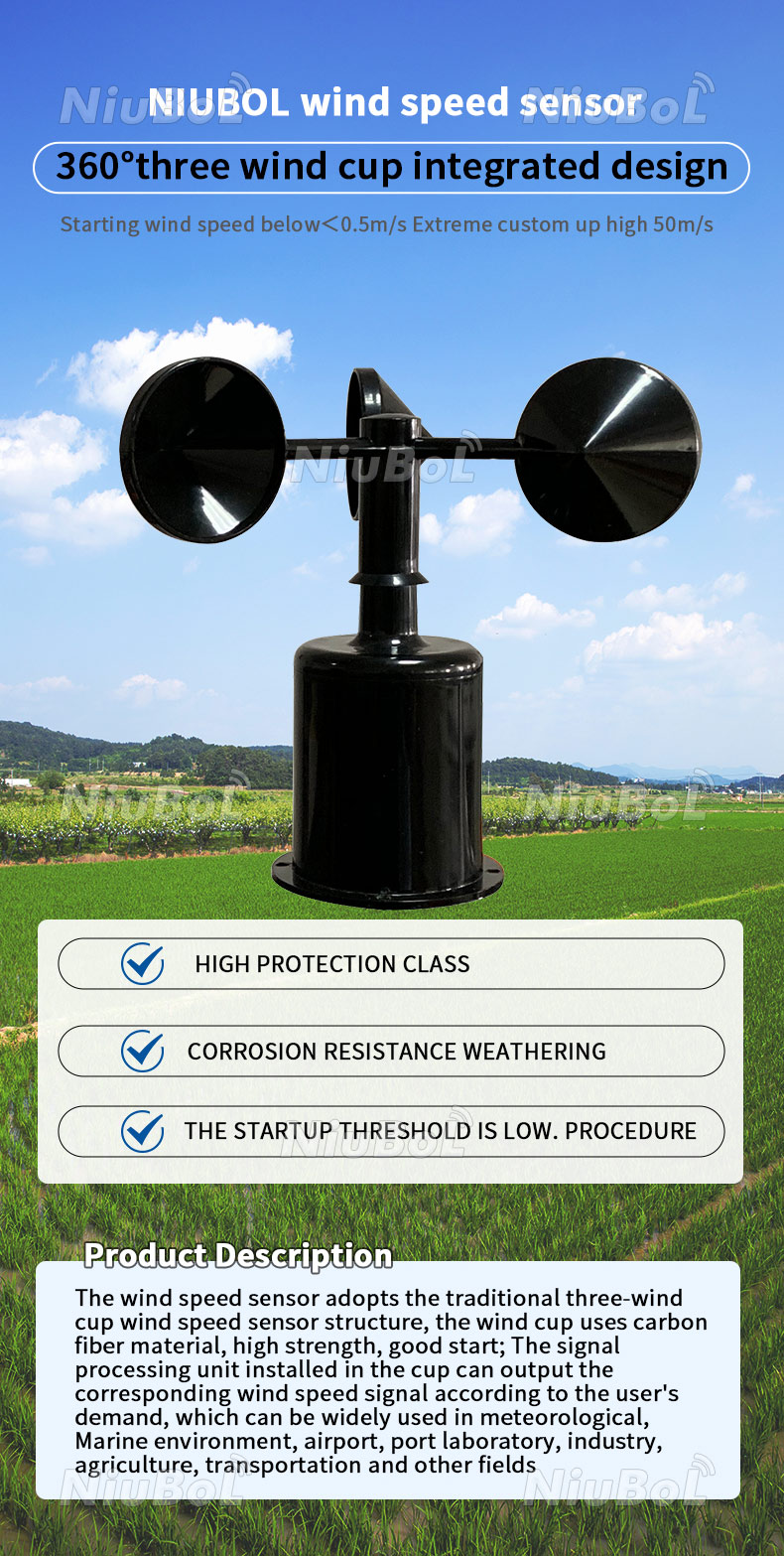Comprehending Different Sorts Of Anemometers for Various Applications
Comprehending Different Sorts Of Anemometers for Various Applications
Blog Article
Anemometers Unveiled: Understanding Their Relevance in Environmental Monitoring and Security Measures
The role of anemometers in environmental tracking and security steps is frequently underestimated, yet their significance is undeniable. These instruments have a long background rooted in scientific query and technical improvements, advancing to end up being important tools in various areas. From weather forecasting to air travel security, anemometers play a crucial role in providing accurate information that educates decision-making processes and enhances overall security. Comprehending the intricacies of anemometers reveals a globe of essential insights that are essential to our understanding of the atmosphere and the actions we require to guarantee safety and security.
History of Anemometers
The advancement of anemometers can be mapped back to the ancient civilizations where fundamental wind gauging gadgets were first utilized. These early wind dimension devices laid the structure for the development of more innovative anemometers over time. One of the earliest well-known anemometers was the hemispherical cup anemometer designed by Leon Battista Alberti in the 15th century. This design was composed of 4 hemispherical mugs that accumulated wind power, supplying a measurement of its intensity based upon the speed of rotation.
Over the years, advancements in technology led to the development of even more modern anemometers, consisting of ultrasonic anemometers and laser Doppler anemometers, using enhanced precision and effectiveness in determining wind rate and direction. The background of anemometers showcases an impressive journey of technology and progression in the field of weather forecasting.
Kinds Of Anemometers
Throughout the field of weather forecasting, various sorts of anemometers have actually been developed to precisely measure wind rate and instructions. One of the most common type is the cup anemometer, which consists of three or four cups installed on horizontal arms that revolve with the wind. As the mugs rotate, the speed at which they turn is straight proportional to the wind rate. One more widely made use of kind is the vane anemometer, which features a tail or fin that aligns itself with the wind instructions. This alignment enables the device to identify the wind instructions. Sonic anemometers make use of ultrasonic signals to determine wind speed and instructions precisely. They are generally made use of in research applications because of their high accuracy. Hot-wire anemometers run based upon the concept that the cooling result of wind on a heated cord is symmetrical to the wind speed. These anemometers appropriate for determining low wind speeds with high precision. Each kind of anemometer has its staminas and is selected based on the details demands of the tracking task available.
Applications in Meteorology
Having actually talked about the different sorts of anemometers made use of in weather forecasting for determining wind speed and instructions, it is important to explore their sensible applications in the area. Anemometers play an essential duty in weather forecasting by giving precise and real-time data on wind conditions (anemometer). Meteorologists use anemometers to monitor wind speed and instructions to forecast weather condition patterns, issue cautions for severe weather condition events like tornadoes, storms, and tornados, and assess weather for air travel discover this info here security
In meteorology, anemometers help in understanding neighborhood and regional wind patterns, which are vital for predicting weather condition adjustments and figuring out climatic trends. These tools are also made use of in study to examine microclimates, urban warm islands, and air pollution dispersion. Additionally, anemometers are used in farming to maximize plant management practices, such as irrigation and chemical application, based on wind problems.
Value in Air Travel Safety
An essential element of ensuring aviation safety and security depends on the careful monitoring of wind conditions making use of anemometers. Anemometers play an essential duty in aviation by offering real-time data on wind speed and instructions, aiding pilots in making notified decisions throughout trip, landing, and liftoff. Unforeseeable and solid winds can significantly affect aircraft operations, making it necessary for air travel authorities to count on exact wind dimensions to ensure the safety of passengers and team.

In the vibrant atmosphere of aviation, where even minor adjustments in wind rate and direction can have extensive effects, anemometers stand as essential tools for advertising safe and secure and secure air traveling.
Role in Environmental Study
Anemometers play a crucial function in environmental research by offering crucial data on wind rate and direction. By properly measuring wind attributes, anemometers assist researchers analyze the activity of contaminants in the air, evaluate the impact of commercial emissions, and predict the spread of impurities in the setting.


Conclusion
In conclusion, anemometers have actually played a crucial role in environmental monitoring and precaution. With an abundant history and various kinds available, these gadgets have actually been widely utilized in meteorology, aviation safety, and ecological research study. Comprehending the significance of anemometers is necessary for precisely determining wind speed and direction, which is essential for anticipating climate patterns, making sure secure air travel procedures, and performing ecological research studies - anemometer. Their contributions to these areas can not be undervalued.
One of the earliest well-known anemometers was the hemispherical cup anemometer created by Leon Battista Alberti in the 15th century. Over the years, improvements in technology led to the advancement of more modern-day anemometers, including ultrasonic anemometers and laser Doppler anemometers, providing enhanced precision and effectiveness in determining wind rate and instructions. Hot-wire anemometers run based on the concept that the cooling effect of wind on a warmed cord is proportional to the wind rate. Meteorologists use anemometers to keep track of wind rate and direction to anticipate weather condition patterns, issue warnings for extreme weather events like twisters, storms, and hurricanes, and assess atmospheric conditions for aeronautics safety.
Understanding the significance of anemometers is vital for precisely determining wind speed and direction, which is vital for predicting weather patterns, ensuring safe aviation operations, and conducting ecological studies. (anemometer)
Report this page